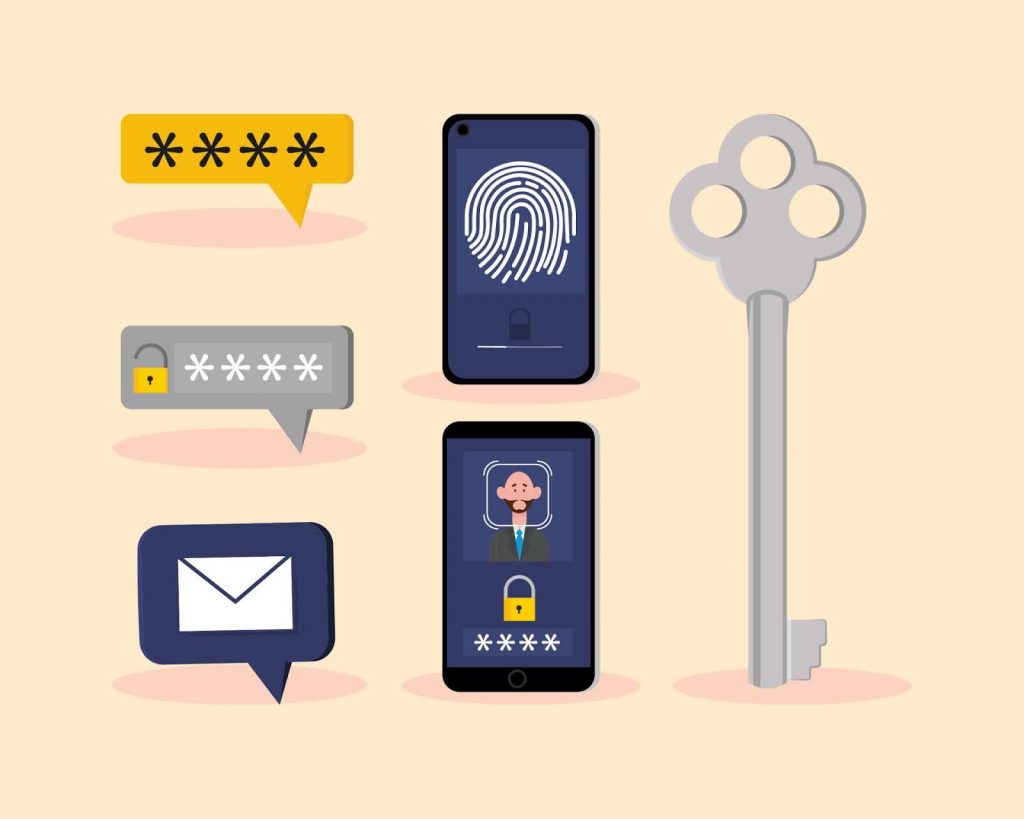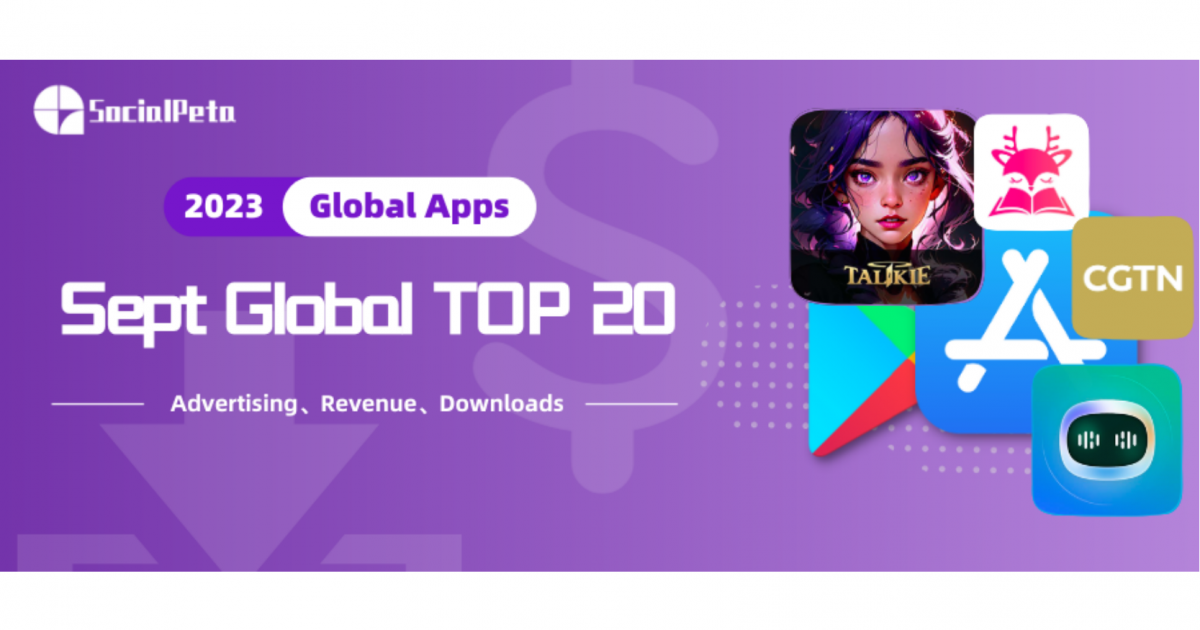Evolving Privacy Norms and Their Impact on Mobile Ad Example

There’s no denying that the privacy and security policies of various tech companies have changed over the years. From Facebook to YouTube, you know how privacy norms have evolved. Thus, it is not surprising how various app stores, such as the Play Store and App Store, have also jumped in and changed their policies to better protect their users.
Now, don't get me wrong, it's a fantastic move by these tech giants. But, you know how it goes – every silver lining has its cloud, especially in the land of mobile ads. The rules around privacy are shifting, and it's throwing a bit of a curveball for mobile app marketers.
Gathering data and getting those essential insights to supercharge ad delivery has become more and more challenging with each policy update. So, how can you adjust your mobile advertising in light of these policy changes? Thankfully, this post will help you navigate this privacy terrain and make sure your mobile experience stays competitive and effective.
What are the Privacy Updates that Impacted Mobile Ads?
So, thanks to the COVID-19 pandemic, online shopping has skyrocketed like never before, giving marketers a treasure trove of e-commerce data to dive into for their upcoming campaigns. But, you know what they say, "With great data comes great responsibility," and making the most of this data isn't as easy as it sounds. There are all sorts of challenges making it a bit of a head-scratcher.
Here are some of the most notable privacy updates that have dramatically changed mobile ads:
Removal of Third-Party Cookies
As marketers believed they had successfully navigated one challenge, Google's recent announcement about discontinuing third-party cookies in Chrome by 2022 has created a new hurdle. While this decision is a positive step for user privacy, it has added complexity to data collection and tracking, compelling marketers to seek inventive and ethical alternatives to address the evolving landscape.
Stricter Data Privacy Regulations
The implementation of strict regulations such as the EU's GDPR and the California Consumer Privacy Act has imposed substantial restrictions on how companies manage consumer data. These regulations describe the only permissible ways marketers can utilize and transfer data and if you don’t comply with them, you’ll surely face dire consequences.
New Apple’s Privacy Updates
With the arrival of Apple's iOS 14.5, we've witnessed a real shake-up in the digital marketing realm. In the past, you could easily track users in iOS. However, new regulations require you to ask users for their permission to willingly share their Identifier for Advertisers (IDFA) with apps. It might sound harmless, but this shift is causing quite a stir in the industry. The ripple effect is hitting hard, especially on personalized ad delivery and tracking capabilities. You can just imagine the very core of how mobile marketers connect with and captivate their target audiences has undergone a fundamental transformation.
What are the Examples of Ways Privacy Updates Affect Mobile Ads?
The updated privacy and security policies have shaken things up in the world of mobile advertising. The next important question is, “How?” By knowing the answer to this question, you’ll have a better way of adjusting your marketing strategies and ensuring you stay on top of your game. Let's break down how these privacy updates have changed the way mobile ads work:
- Difficulty in Personalizing Ads
Advertisers' capacity to personalize ads effectively has been impeded by restricted access to user data. Due to a reduction in insights regarding user behavior and preferences, ads have become less tailored to individual users. As a result, mobile marketers deliver less relevant ads to their target users, leading to lower engagement rates.
- Challenges in Tracking and Targeting Users
Recent privacy updates, exemplified by Apple's App Tracking Transparency (ATT) policy, have introduced obstacles for app marketers in monitoring users' interactions across various websites and apps.
Notably, iOS applications must now seek user consent before accessing the Identifier for Advertisers (IDFA). The problem is that a lot of people today are wary about giving permissions to apps, leading many to simply deny the important access most marketers need. As a result, tracking and precision targeting have been more challenging than ever.
So, it is safe to say that mobile marketers should not heavily rely on users giving permission anymore since most will not. It’s time to find new strategies that comply with privacy and security regulations.
How to Modify Mobile Ads to Meet Various Privacy Updates?
If you want to ensure your mobile ads stay effective, you need a strategic realignment of mobile advertising practices. Thankfully, you can start with the following effective approaches:
- Gather Data Directly from Users
Proactively engage with your audience by deploying surveys and questionnaires. Enhance your understanding of customers by integrating a Know-Your-Customer (KYC) process within your app. Directly collecting specific data from users, with their consent, enables you to personalize experiences without infringing on their privacy.
- Harness the Power of Contextual Targeting
In a landscape where monitoring user behavior faces growing challenges amid privacy updates, contextual targeting arises as a feasible alternative. This approach presents ads in alignment with the context of the content users are currently engaged with, ensuring relevance without resorting to invasive user tracking.
For example, users are viewing a page about golf clubs. Based on context, the user is interested in golf. So, mobile ads about golf can be used. In this process, you don’t need to get more details from users, thereby, avoiding the risk of violating their privacy.
- Get Consent by Proving Clear Communication
Ensure users receive clear and concise information about the intended use of their data. Transparency is paramount. Clearly articulate the purpose of data collection and the reason you’re asking for these data. Stress out the benefits they’ll get if they give you their permission. By cultivating trust through transparent communication, users are more inclined to willingly cooperate.
- Leverage Creative Ad Formats
While it requires additional time, energy, and resources, creative ad formats have the potential to captivate a wider audience. These formats can grab attention, even if the ads are only somewhat relevant to users. Consider exploring diverse options like playable ads, gamified experiences, and interactive videos to elevate user engagement.
- Use A/B Testing
Utilize A/B testing to experiment with different ad formats, enabling you to pinpoint the one that produces optimal results. Analyze performance data from real-time tests and subsequently optimize your ad campaigns. This method minimizes the necessity to heavily depend on individual user data.
Master the Art of Mobile Ads
In an era marked by increasingly stringent privacy policies, tech platforms are prioritizing the safety and security of their customers and users. It's crucial to acknowledge that privacy regulations are unlikely to ease up in the foreseeable future.
Given this landscape, it becomes imperative to ensure that your mobile ads are privacy-proof. This involves designing your ad strategies today to withstand any future privacy updates, ensuring they endure the test of time.
This is a guest post from ShyftUp, a Paid User Acquisition & ASO Agency. ShyftUp is among the leading user acquisition agencies that have the right expertise, experience.
For those keen on mastering the art of creating and running successful mobile ads, ShyftUp is here to help. Specializing in assisting app developers and marketers, ShyftUp can enhance your ad delivery, leading to higher conversion rates.





